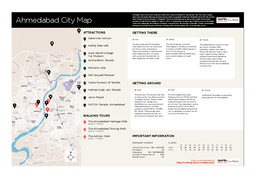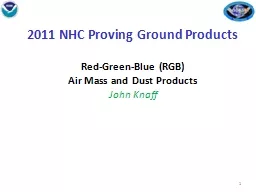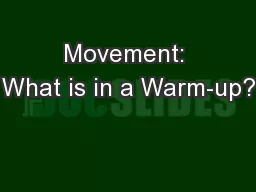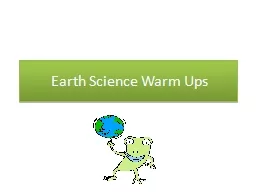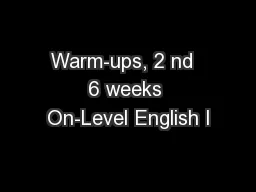PPT-Warm-up as you walk in https://high-level-4.herokuapp.com/experiment
Author : luanne-stotts | Published Date : 2019-06-27
httpsrach0012githubiohumanRLwebsite Announcements Assignments HW8 Due Tue 326 10 pm P4 Due Thu 328 10 pm HW9 written Plan Out tomorrow due Tue 42 AI Representation
Presentation Embed Code
Download Presentation
Download Presentation The PPT/PDF document "Warm-up as you walk in https://high-leve..." is the property of its rightful owner. Permission is granted to download and print the materials on this website for personal, non-commercial use only, and to display it on your personal computer provided you do not modify the materials and that you retain all copyright notices contained in the materials. By downloading content from our website, you accept the terms of this agreement.
Warm-up as you walk in https://high-level-4.herokuapp.com/experiment: Transcript
Download Rules Of Document
"Warm-up as you walk in https://high-level-4.herokuapp.com/experiment"The content belongs to its owner. You may download and print it for personal use, without modification, and keep all copyright notices. By downloading, you agree to these terms.
Related Documents


